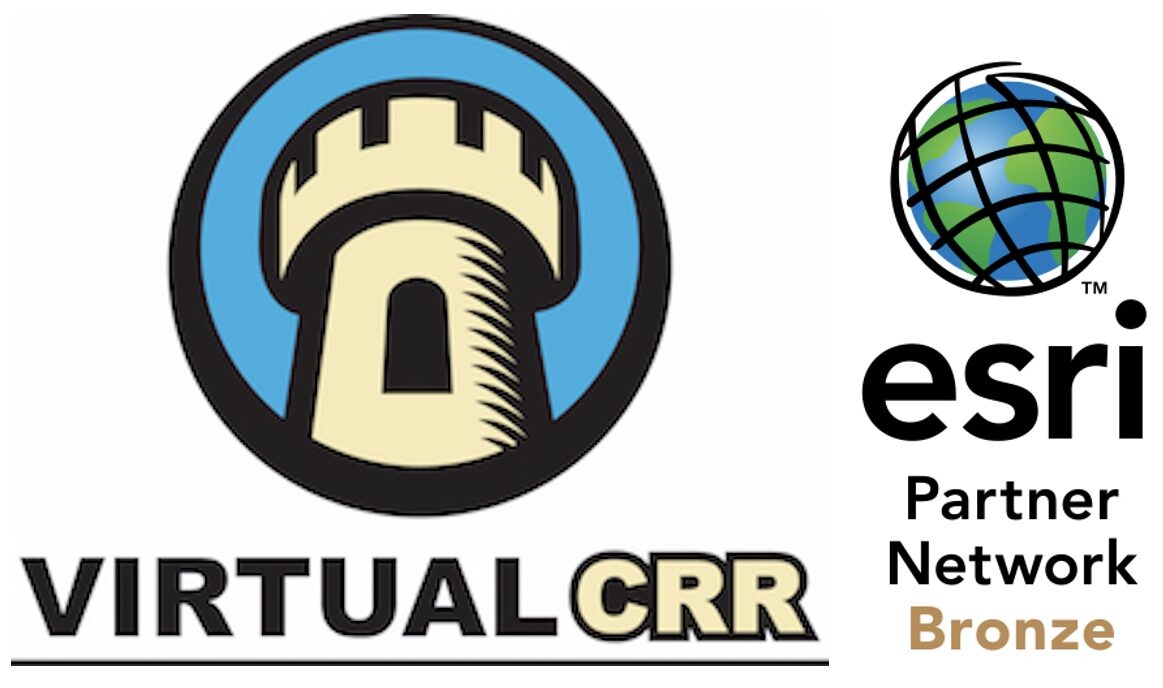Most Important Principle in Home Safety
Much of the advice we give regarding Security, Safety, and Emergency Preparedness is based upon the principle of layering. Layering is the most important principle in home safety, security and preparedness. We define layering as having multiple devices, plans, or ways to deal with an issue rather than just one “end all, be all” solution. We try to avoid any single points of failure in any of our planning; anywhere you rely on just one thing, you are usually vulnerable. So let’s take a closer look at how layering is important to Security, Safety, and Preparedness.
Examples of Layering in Security
As an example, take the security of your home. We recommend your house be externally illuminated so that you can see the surrounds of your home and there are no dark areas for a burglar to hide in. We also suggest that you eliminate hiding places close to your house like large bushes, keep all windows and doors locked, install a monitored security alarm system, lock valuables in a safe bolted to a wall or floor, and have a plan on how to protect your family.
The layering effect is as follows. If I am a burglar, I am looking for an easy target. I do not want to choose a house that is well illuminated, because I need time to get in without being seen, so I am likely to bypass your nicely lit property right from the outset. However, let’s assume that I can see you have a weakness in your illumination, such as a large bush next to a window, or perhaps not all of the sides of your home are well lit, and I decide to try. If I attempt to open your windows or doors I will find that they are locked and secured, and maybe now I will give up and move on. If I break the glass or attempt to pry open a door or window, the alarm will sound alerting you and initiating a response. You now have a limited amount of time in which to escape, hide in a secured area, or prepare. If you are not home, I have only minutes to find, and try to defeat, the safe with all the small valuables in it. The odds of my being successful with this house have diminished drastically due to the various layers you have put in my way.
Safety
Now let’s look at a Safety example. You have a pool in your backyard. We suggest your entire yard be fenced, and gates should be locked with self-closing mechanisms. Any doors leading to the pool area should have an audible alarm. The immediate pool area should have either a fully encircling fence, or a safety cover or net over the pool. Finally, the pool should be fitted with an immersion sensor to detect movement in the water.
I am a young neighborhood child, maybe 4 or 5 years old. I know you have a pool because I had such a great time at your BBQ last week. My decision making skills have not developed enough to understand that I should not go swimming at your house alone. The first thing I notice is that I cannot even get into your back yard because there is a fence with a locked gate. But let’s assume you are doing some work and you left the gate propped open. I enter your back yard and see the glorious pool. As I get closer, I notice there is a fence which totally surrounds the pool. I now need to devise a plan to get over the fence. Since you are working on the back of your house, you have left a small step ladder under the patio. I am able to get over the fence with the step ladder and climb onto a large potted plant you have against the pool on the inside. I jump in the water, but the pool immersion alarm sounds, alerting you that I have entered your pool. You now come out from eating lunch to find me having the greatest time of my life in your pool. Without all of these layers, however, you may have found something much worse.
Emergency Preparedness
Emergency Preparedness is full of layering examples. Clean, uncontaminated water is one of the most important commodities during an emergency. We suggest you have an emergency supply of water that includes small portable containers and larger more permanent supplies. You should also have multiple ways of purifying your water, such as UV light, tablets, boiling, filters, or bleach.
You just had a large earthquake and your home is destroyed. You have various one-gallon jugs of water and cases of bottled water stored. You can take this water with you to find shelter. You also have a 55 gallon drum of water. This is far too heavy to transport, but you choose to stay on your property for the time being and utilize this water. There is also a natural stream or lake nearby; since you have multiple ways to render this water safe, you have just extended your water supply, enabling you and your family to stay on your property.
In each of the examples, we hope you see the effects, and the benefits, of layering. As you look at your home as it pertains to Security, Safety, and Preparedness, make sure you use layering to plan against single points of failure. For more Security, Safety, and Preparedness information visit MBIntel.net.

